Aglaonema Anyamanee
Aglaonema Anyamanee is a rare indoor plant. They are a gorgeous green-pink leaf plant that thrives in low light. The genus is found in wet, shaded tropical forest environments. They are popular houseplants that flourish well in dim light surroundings. Aglaonemas are erect-growing perennial herbs with evergreen stems. It is a demanding plant with glossy pink-green leaves with a cream color patch that is shade tolerant. The species’ leaves are heart-shaped, and the trunk is upright, giving it a beautiful appearance.
According to a NASA study, these low-maintenance plants not only look lovely with their foliage but also help to detoxify your space. They assist in cleaning the air by absorbing hazardous substances. They are suitable for every environment, from dimly lit to brightly lit. Aglaonema has magnificent brightly colored foliage that appears like it belongs in your home and is one of the easiest houseplants to cultivate.
It looks great on coffee tables, side tables, living rooms, bedrooms, offices, and workstations. It’s an excellent decorative plant to add to your home because of the stunning red or pink tones in the leaves.
Care Guide
- You should maintain a wet soil mix during the summer season. Ensure that water drains appropriately.
- Reduce watering in the winter and wait until the soil is dry before watering again.
- One part soil, two parts coco peat, one part perlite, and one part compost make up a decent potting mix for your dud anyamanee plant.
- Make sure you wipe the leaves of these plants with a wet cloth to remove the excess dirt sticking on the surface of the leaves.
- It prefers intense, indirect sunlight, such as that provided by north-facing windows, to full sunshine. It will also grow well in fluorescent lighting.
- If you overwater your plant, it can lead to root rotting. It can damage the plant.
Growing Tips for Aglaonema dud anyamanee plant
- Indoors, place the plant in bright indirect natural light or bright artificial light.
- When the topsoil (1-2 inches) in the pot feels dry to the touch, water the anyamanee plant.
- Once a month throughout the primary growing season, feed the dud anyamanee plant with organic fertilizer.

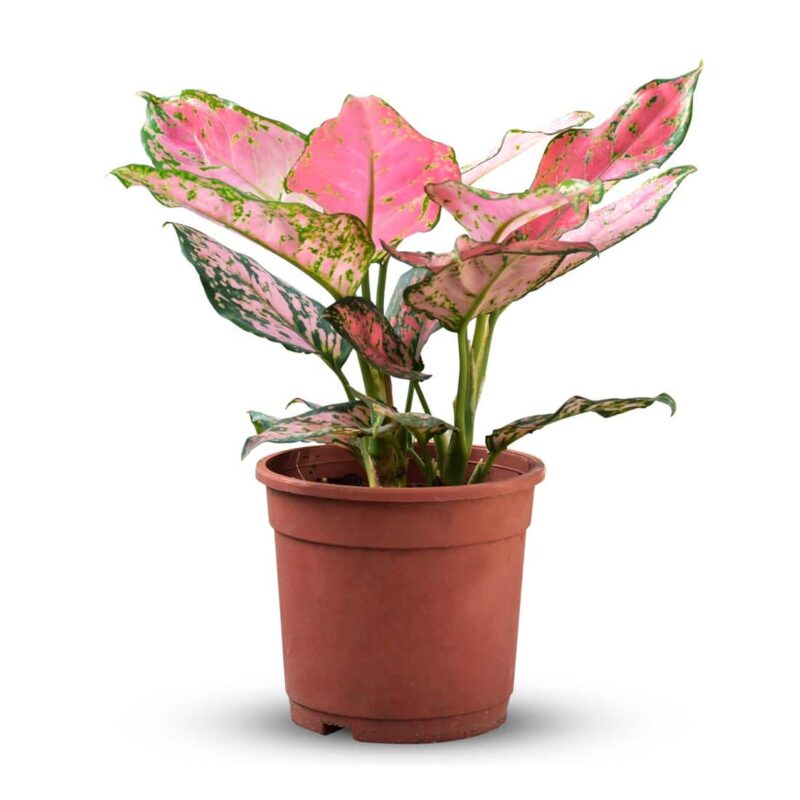
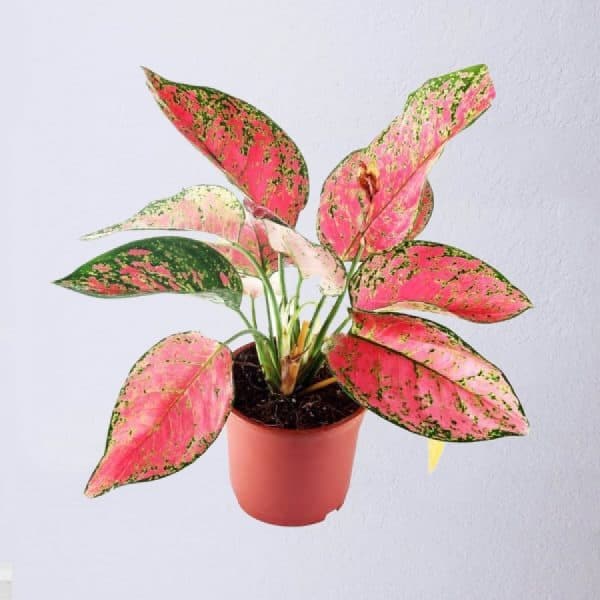
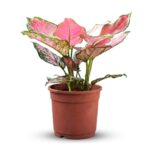

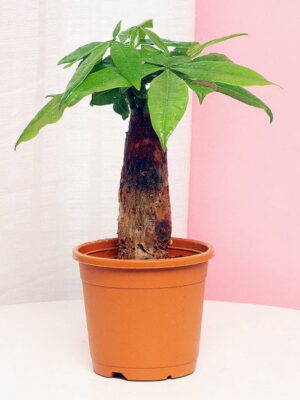



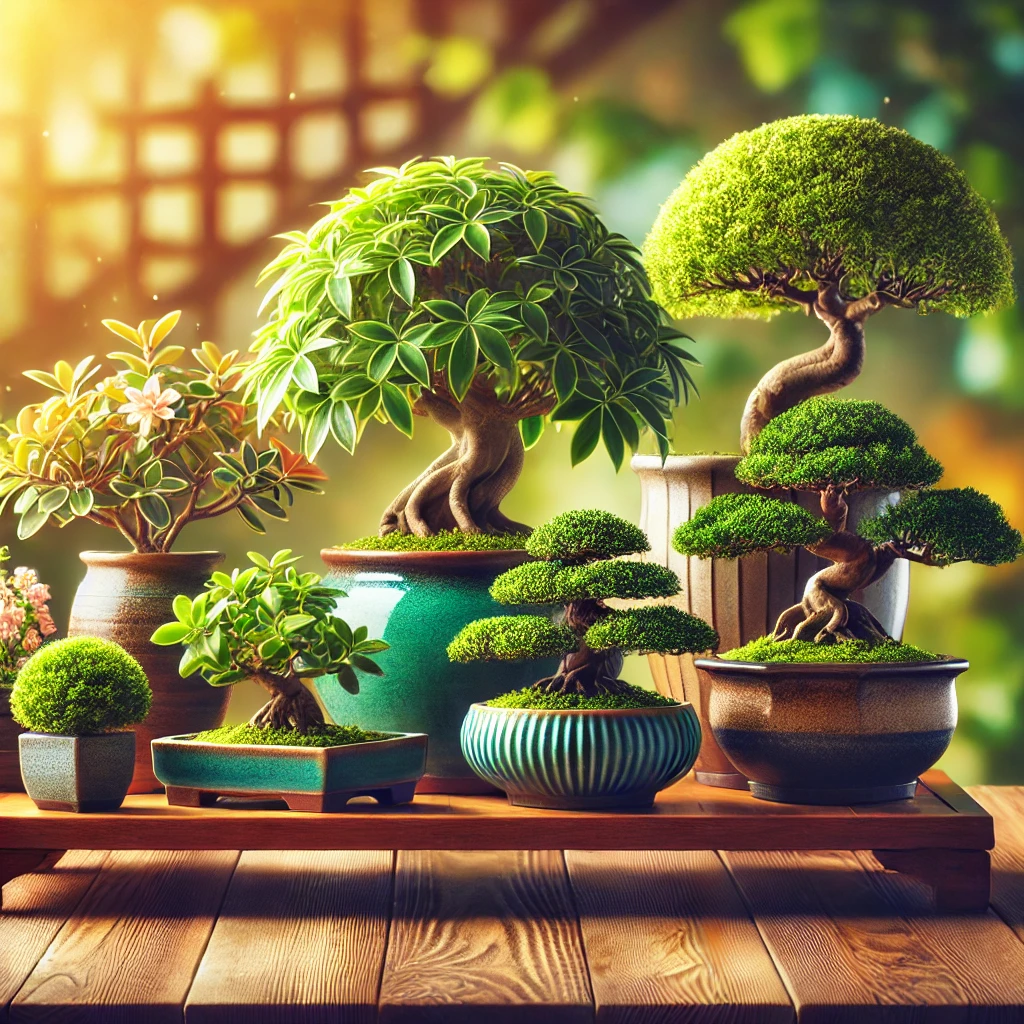
Reviews
There are no reviews yet.